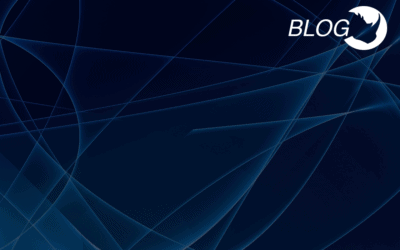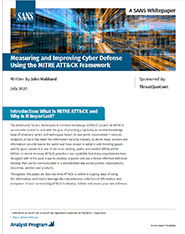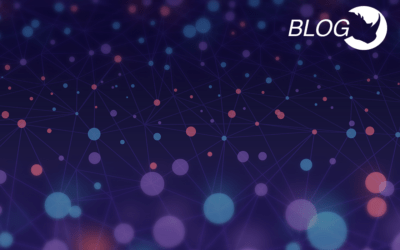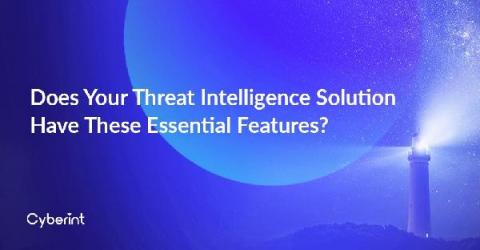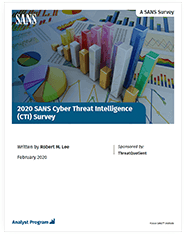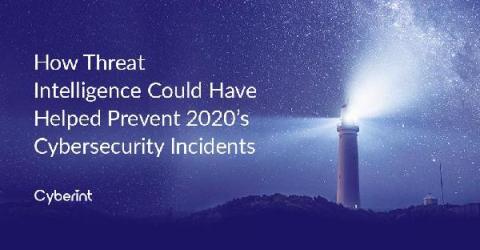Threat Intelligence and Energy and Utilities
It is increasingly common to hear about cyber threats to energy and utility industries. These are malicious acts by adversaries that target our data, intellectual property, or other digital assets. All too often it seems as though energy and utility companies are put in a defensive position to battle it out with these cyber intruders. How can the industry switch to a more offensive position when it comes to understanding these threats?




